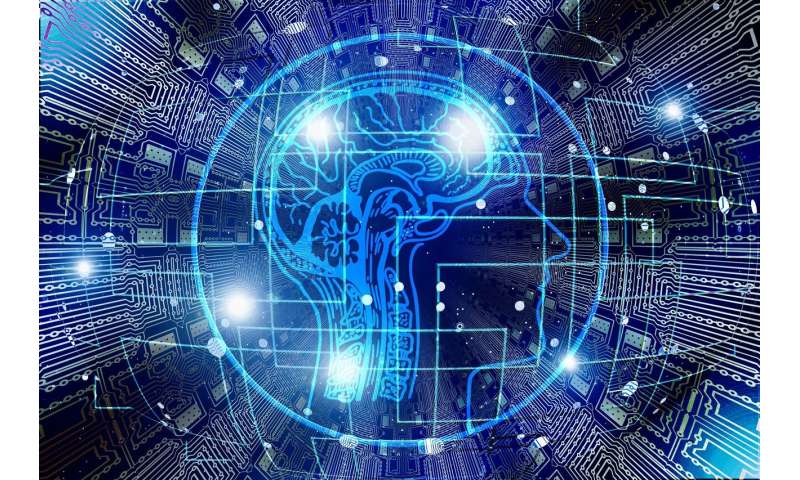
A collaboration between the laboratories of Vincent Bonin (NERF, empowered by VIB, imec and KU Leuven) and Matthew Holt (VIB-KU Leuven Center for Brain & Disease Research) reveals that noradrenaline plays a key role in how astrocytes—star-shaped cells in the brain closely associated with neurons—track distinct information during behavior. The researchers found that astrocytes can integrate information on arousal state and sensory experience. The results are published in Current Biology.
Noradrenaline in the brain
When we are aroused the hormone noradrenaline is secreted, which helps us to better remember emotional situations compared to neutral ones. In earlier studies, noradrenaline was shown to directly influence synapses—information exchange points between neurons—in brain regions responsible for processing emotions. However, noradrenaline is released across the entire brain and stimulates a class of non-neuronal cells, astrocytes, which listen and respond to locally active neurons. A question remained: do astrocytes integrate this brain-wide signal with the specific activity of local neuronal networks?
Watching astrocytes
To answer this question, Drs. Michal Slezak (VIB-KU Leuven Center for Brain & Disease Research) and Steffen Kandler (NERF) used a special microscope to monitor the activity of astrocytes in mice. When mice were presented with visual stimuli, in some cases astrocytes faithfully responded. “It was so exciting! We know that if you check neuronal activity in the brain region receiving inputs from the retina that it exactly mirrors the movement of the visual stimulus. But this is the first time we saw this pattern when watching non-neuronal cells,” says Dr. Bonin co-lead author of the study.
However, in some cases, visual stimuli did not elicit any response from the astrocytes. The mystery was solved when each event of visual stimulation was analyzed independently—it turned out that astrocytes were active only when the mouse was in motion, and they were silent when the mouse was stationary. Slezak and Kandler further tested whether noradrenaline is the molecule responsible for this effect. They used a compound which depletes the brain of noradrenaline and found that astrocytic responses were largely decreased, even when mice were in motion. In other words, noradrenaline is necessary for astrocytes to respond to local stimulation: astrocytes are effectively integrating sensory and behavioral information.
Big impact of little-known cells
“This novel finding opens many additional questions. Previous studies on the action of noradrenaline on brain function focused entirely on neurons. Our data highlights that astrocytes can play a much more substantial role than previously thought,” says Dr. Slezak.
Source: Read Full Article
